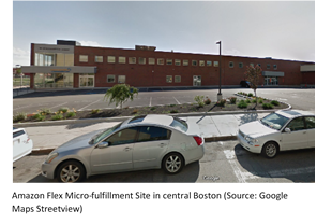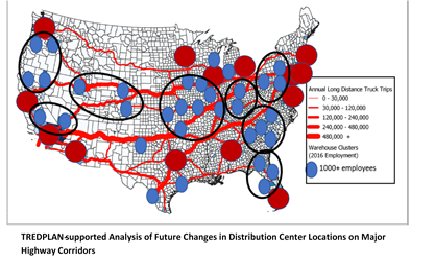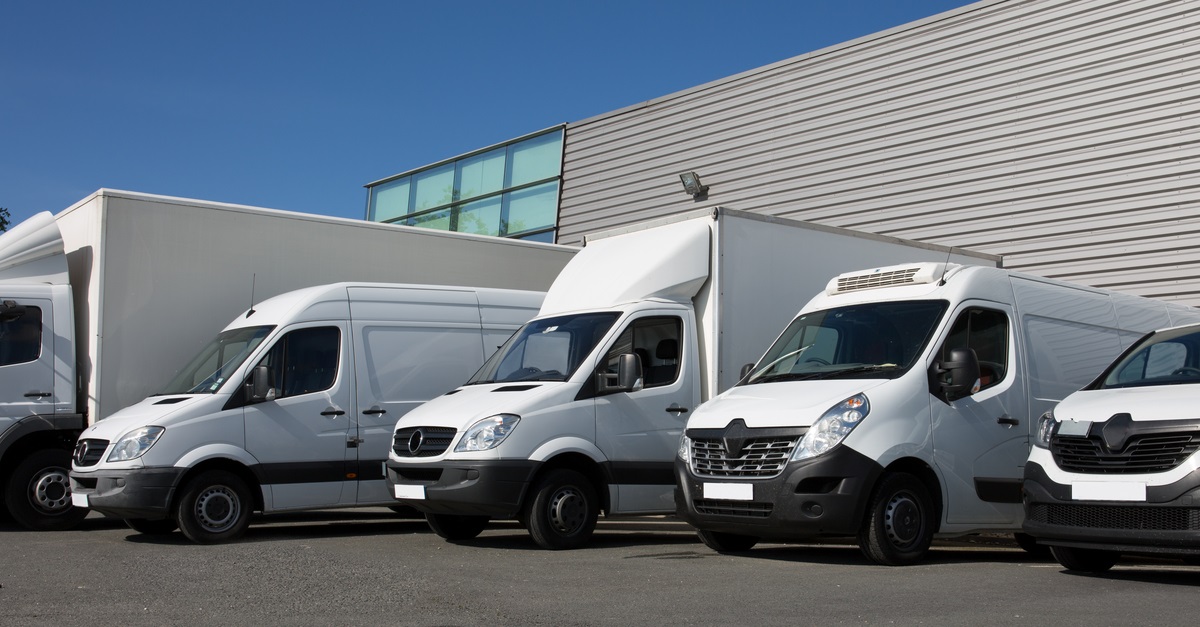The Explosion of E-Commerce Deliveries in Cities: Predictive Analytics as a Planning Tool (TRB Recap Series #3)
The Explosion of E-Commerce Deliveries in Cities: Predictive Analytics as a Planning Tool (TRB Recap Series #3)
In my presentation, I built on Dr. Dablanc’s findings by discussing how e-commerce growth is driving an “explosion” of needs for warehousing and delivery fulfillment space within the “last-mile” of urban centers. On average, every $1 billion in e-commerce sales growth requires an additional 1.25 million square feet of warehouse space. My presentation highlighted some of the innovations firms are using to address these needs:
* “Hybrid” brick-and-mortar stores that combine traditional retail locations with package delivery and pickup points (e.g., Best Buy and Walmart)

* “Micro-fulfillment centers,” where e-commerce firms convert vacant spaces in inner-city industrial or office buildings to satellite distribution points that are served by traditional delivery trucks or, more recently, by private individuals who use smartphone apps to pick up and deliver packages using their own vehicles (e.g., Amazon Flex)
In addition, “vertical” (multistory) warehouses have recently opened or are under construction in New York City and Seattle. In the near future, we may also see the use of private residences as micro-fulfillment centers through the use of “Airbnb-like” apps as well as autonomous delivery vehicles powered by efficiencies made possible through artificial intelligence (AI).
The question for urban and transportation planners is whether and how these delivery methods will facilitate or hinder livability and economic vitality as both e-commerce and urban populations grow. My presentation discussed how the application of predictive analytics, such as that offered by TREDPLAN, may provide a means for better understanding how to use policy and planning tools effectively within the context of factors we cannot control. For example, EDR Group (now EBP) used TREDPLAN to examine likely changes to the geographic range and operating hours of trucks under a scenario in which they are largely autonomous.


